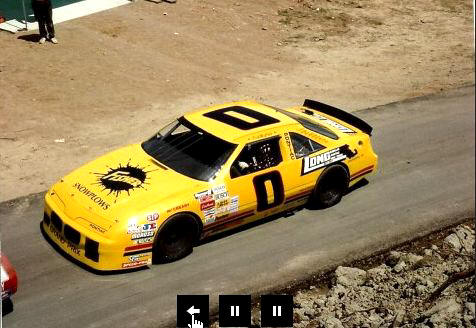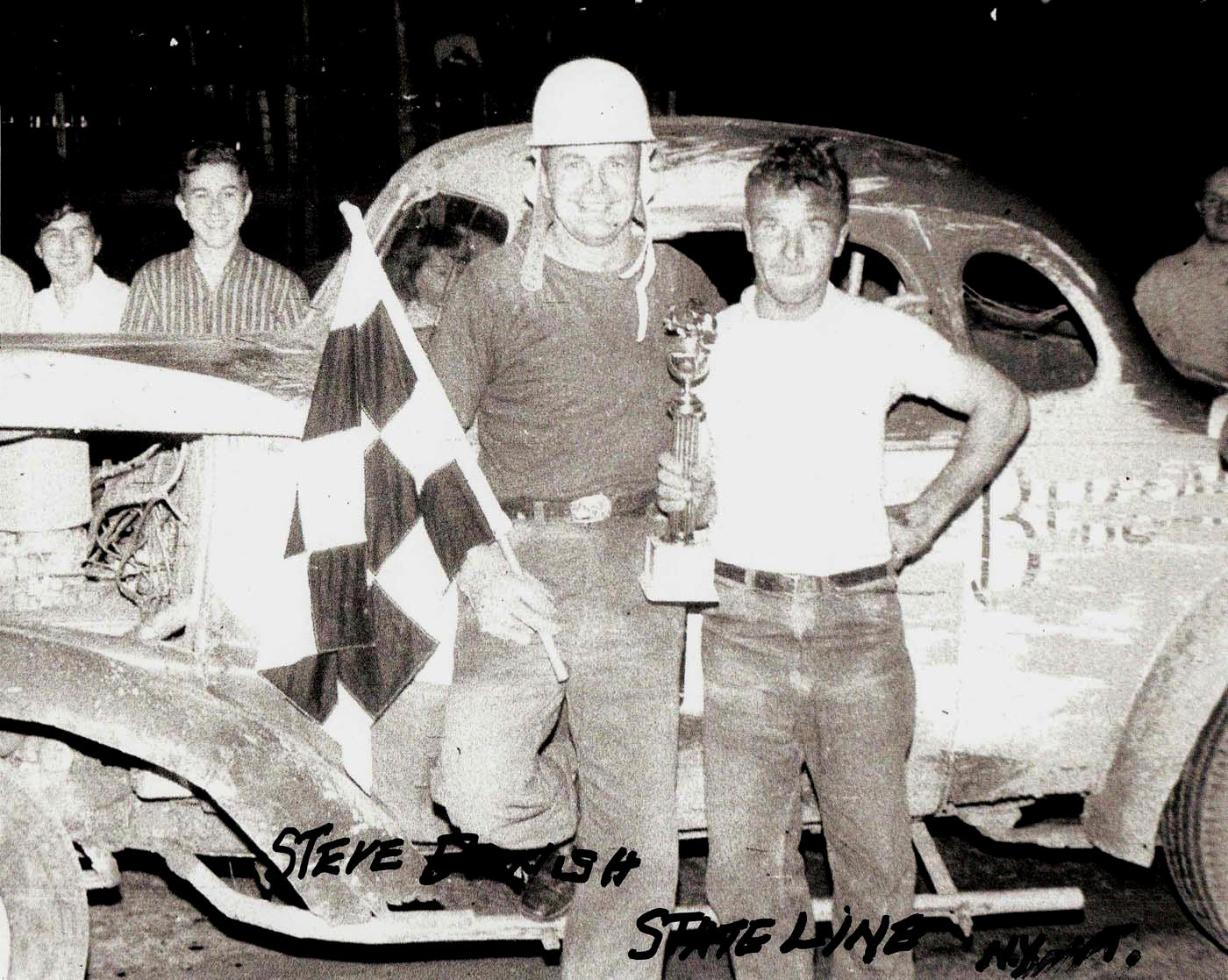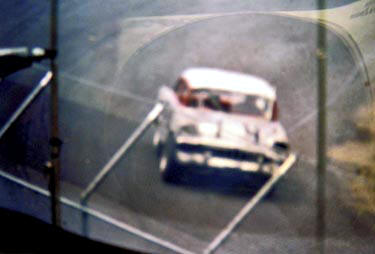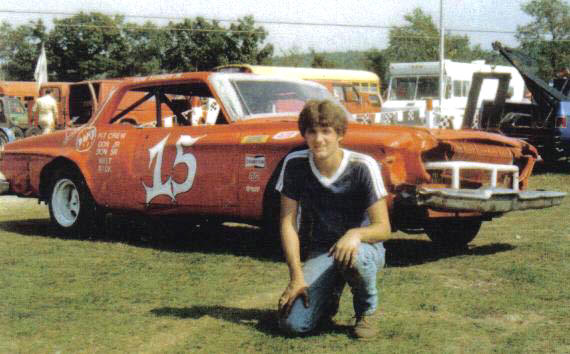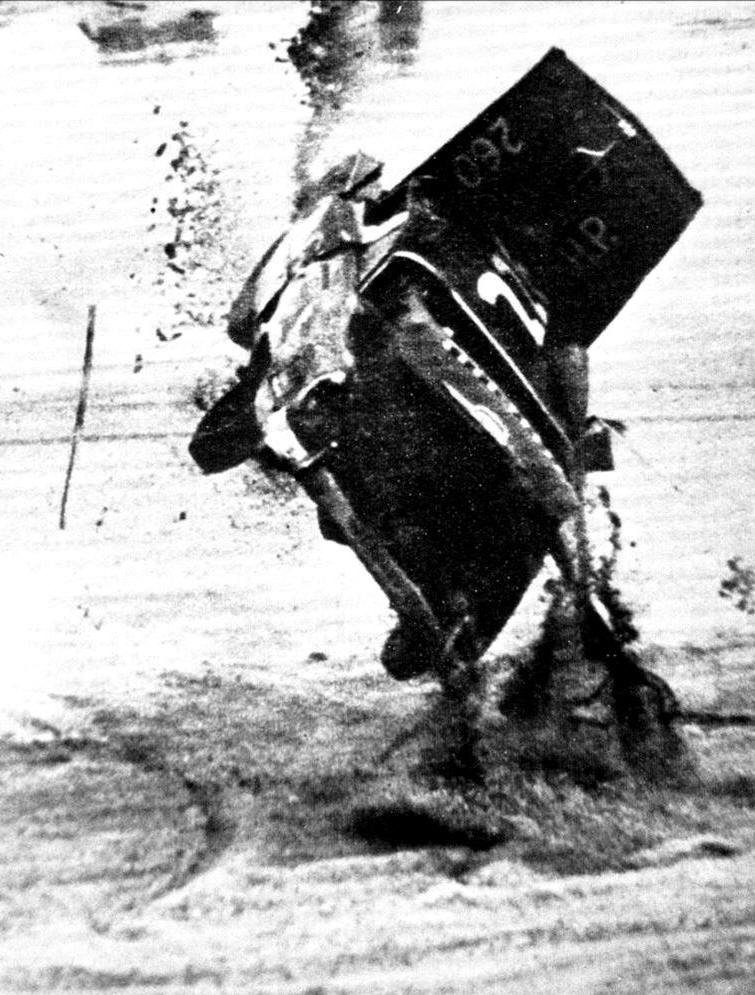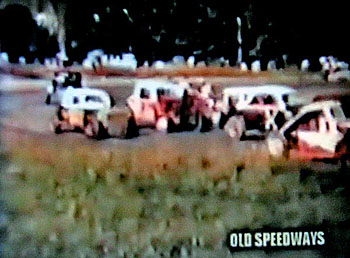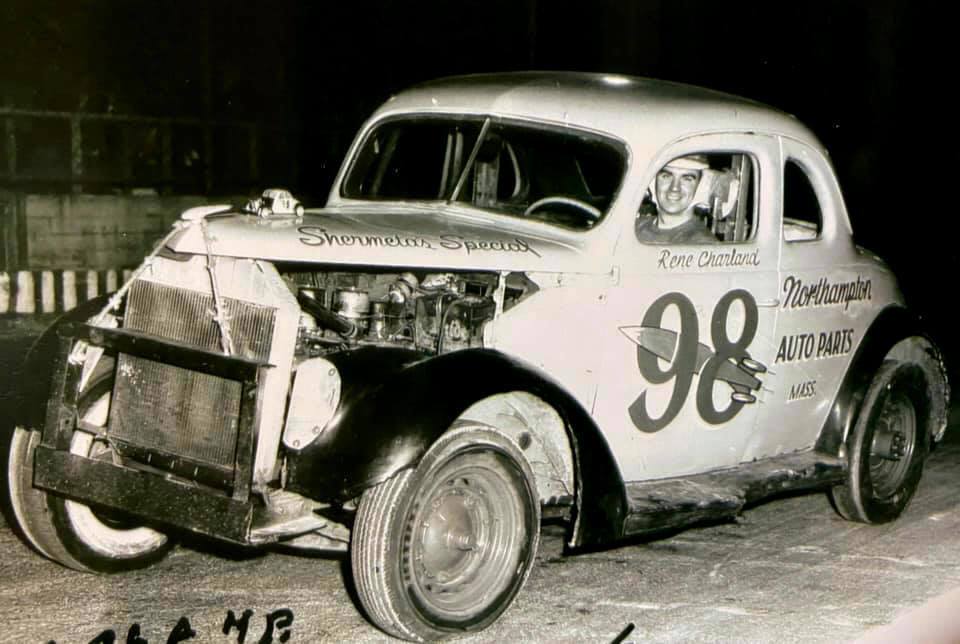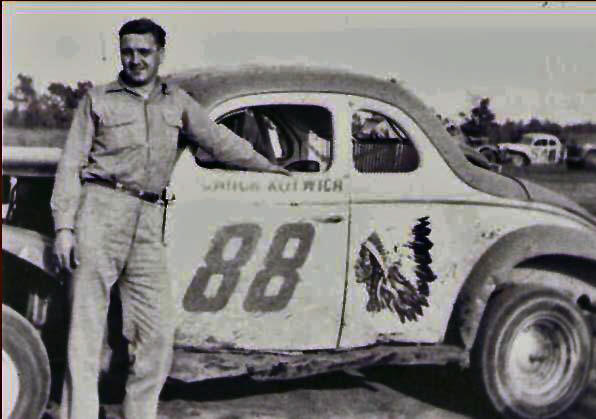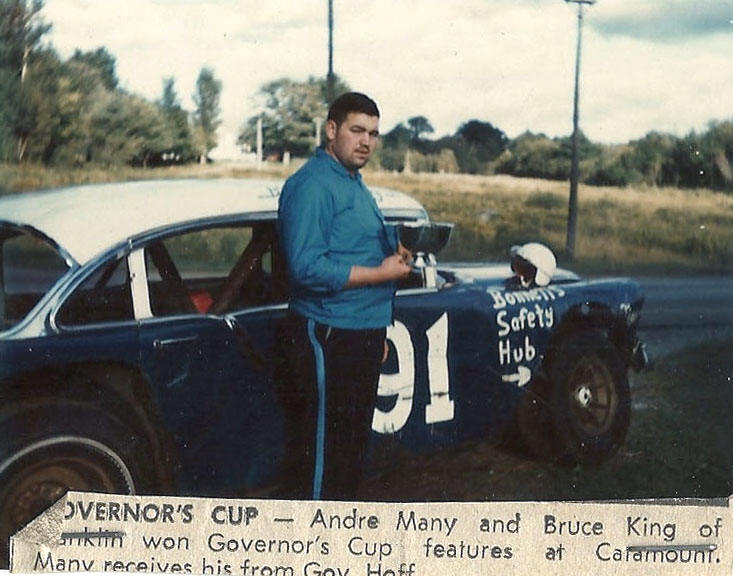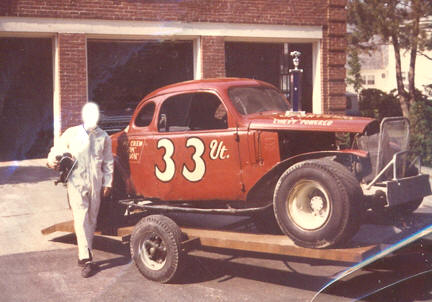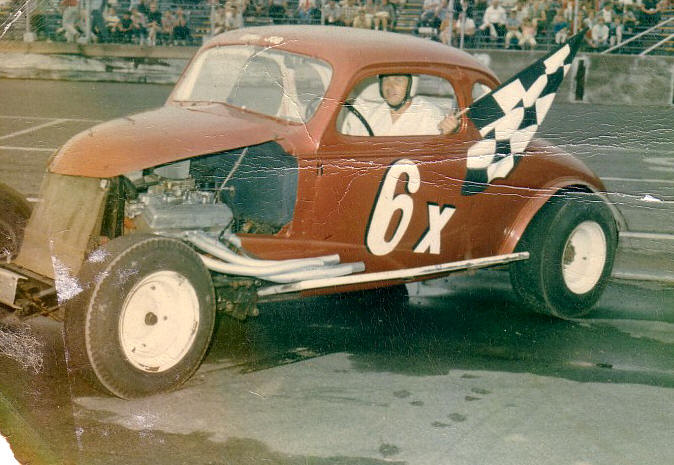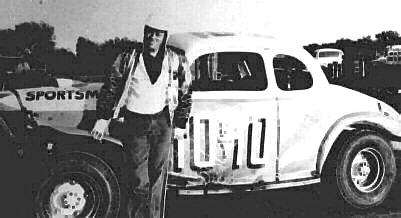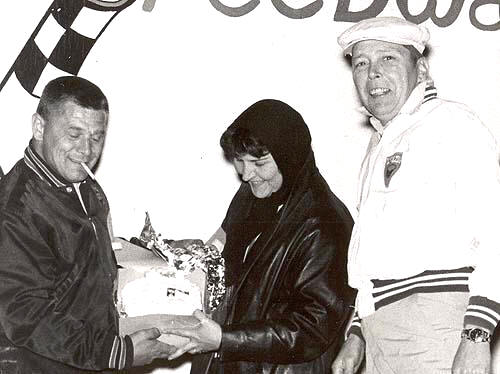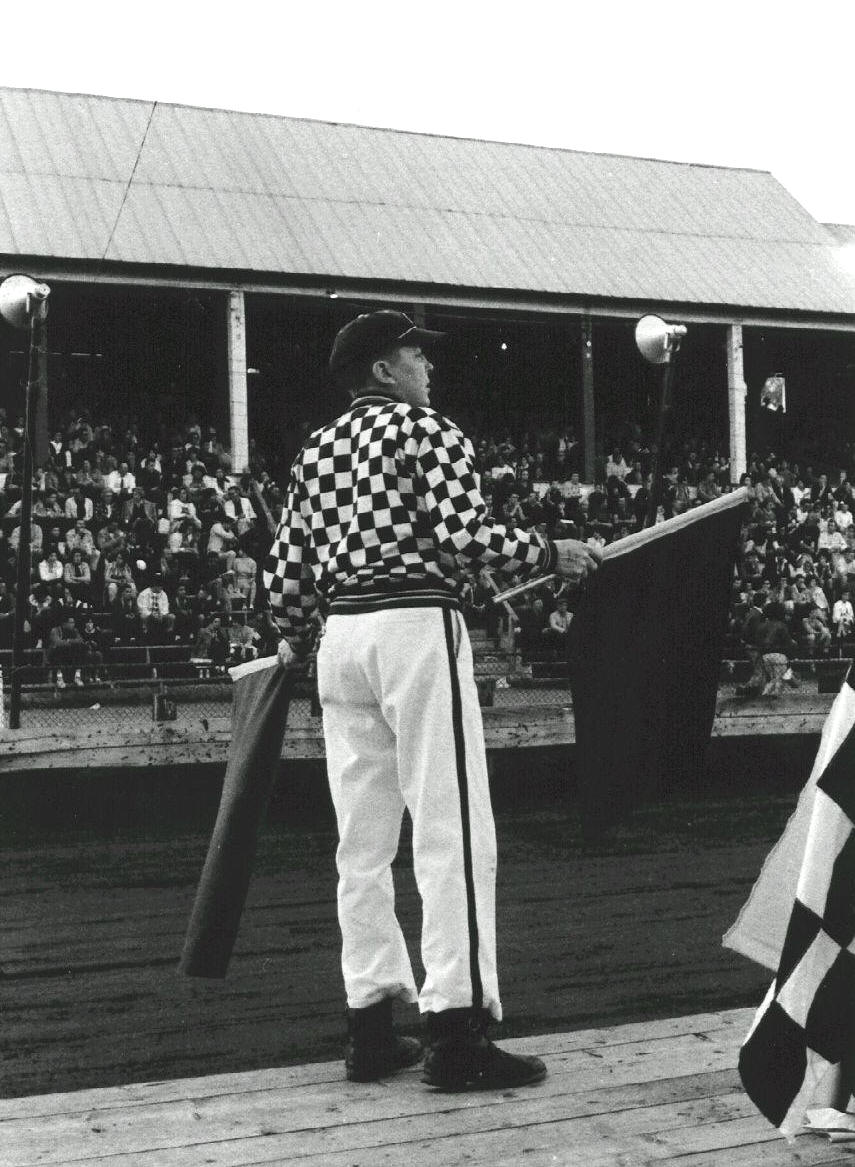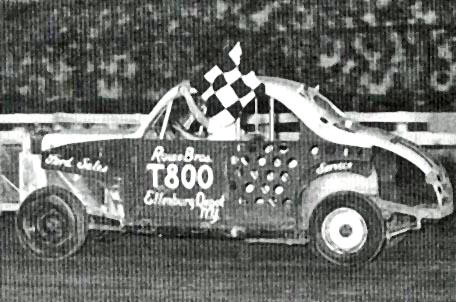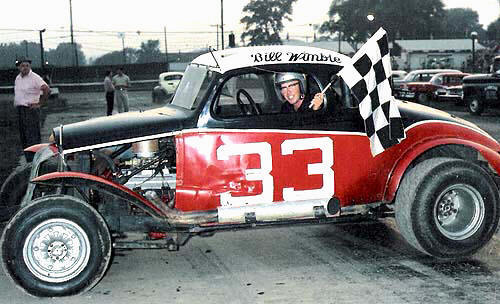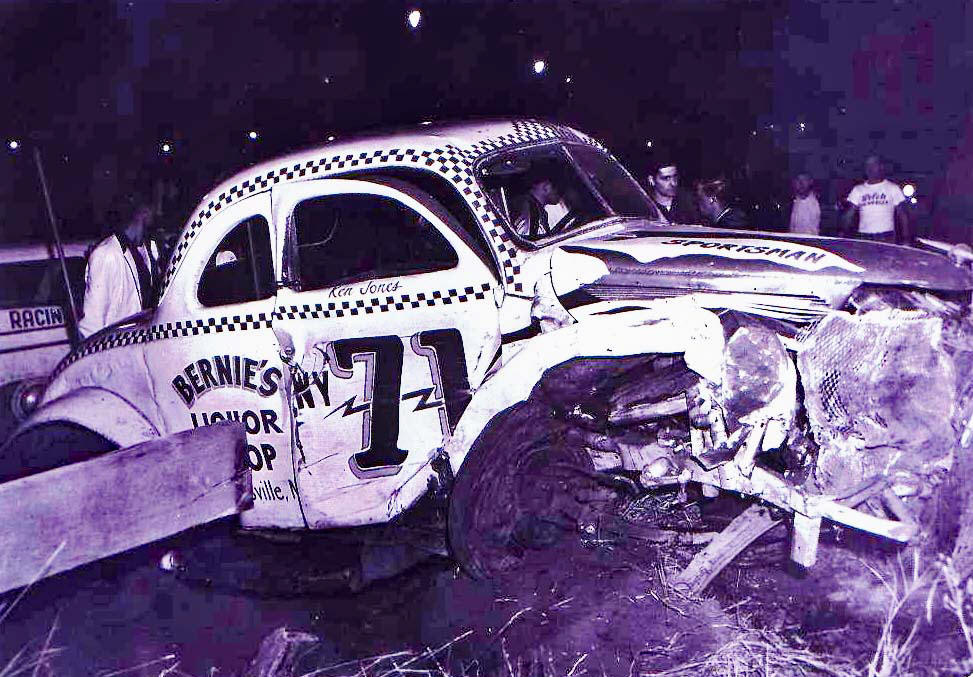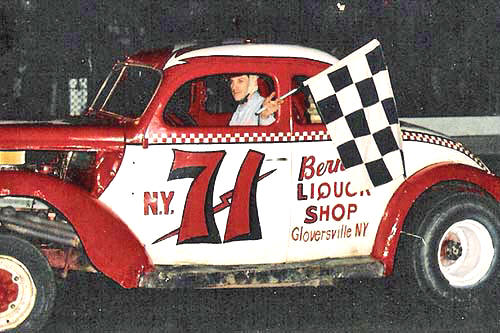Bob Mackey Photo Courtesy of John Rock
Bill Hickey and the U.S. Bobsled Team
While many countries in the world were fielding professinal athletes on their teams, the U.S. stubbornly clung to the concept that no one who had ever been paid a cent for any sport should be allowed on its teams.... and that surely included bobsled. With the vast majority of Olympic bobsled training and activity centered around Lake Placid and Mt, Van Hovenberg, that was where most of the bobsledders lived.
After Aaron Hoyt opened his rustic Saranac Lake Speedway in 1959 or thereabouts, the young driver of the top U.S. sled became an anthusiastic fan. Finally, having forged a friendship with Rod Ritchie of Wilmington, NY, Bill Hickey decided he wanted to take an innocent try at driving one of those stocks; and Ritchie's highly - successful coupe was offered.
After the Olympic Coimmitte found out that Bill had particiapted in such a "professional" sport [Saranac Lake Speedway, are you serious ?] he was summarily banned from any further bobsled participation. Given his level of skill, the worst loser in this whole deal was the U.S. Olympic team.
Bob Mackey Photo Courtesy of John Rock
Bill Hickey posing with the Ritchie car.
